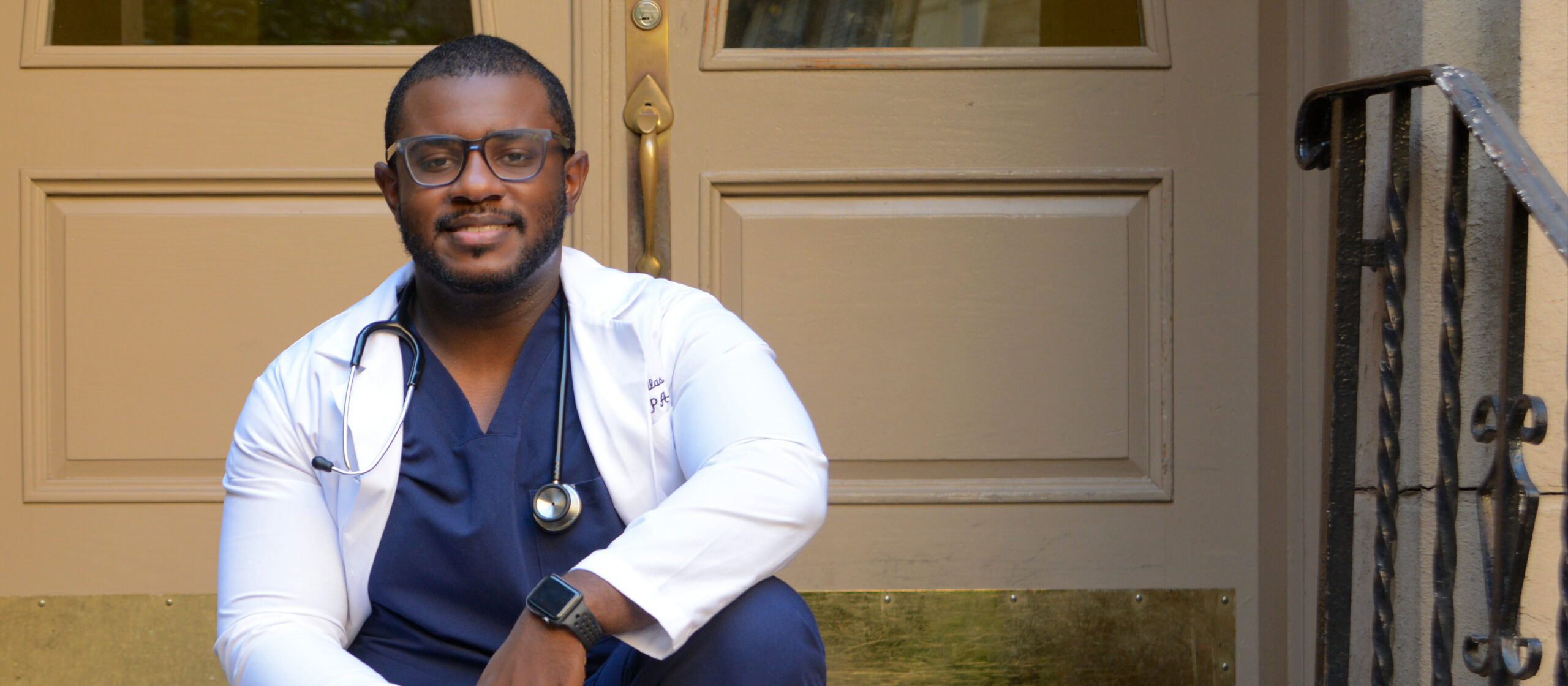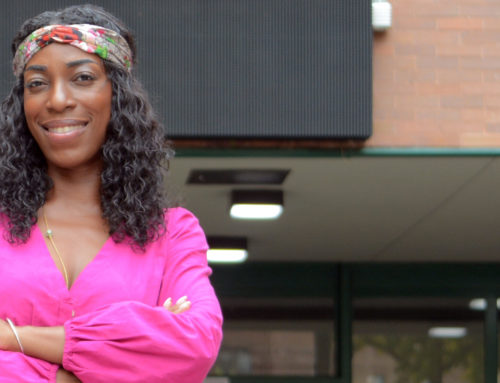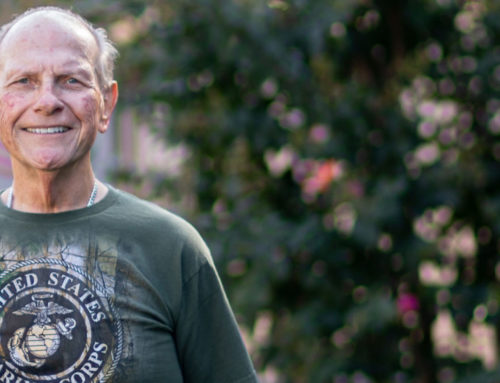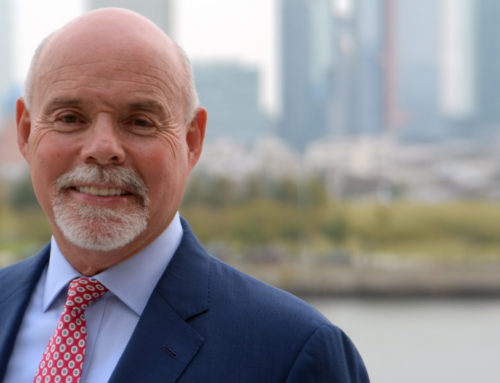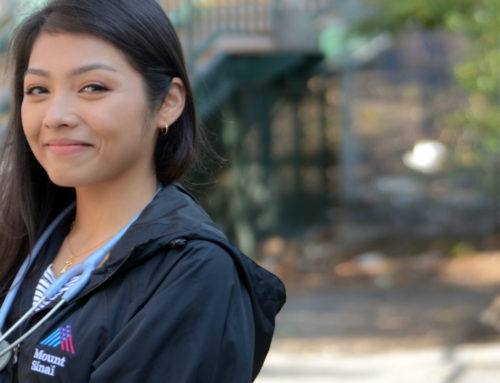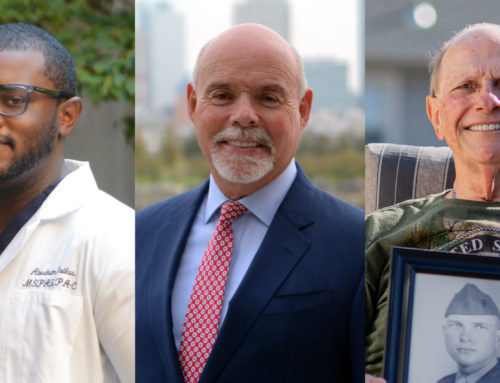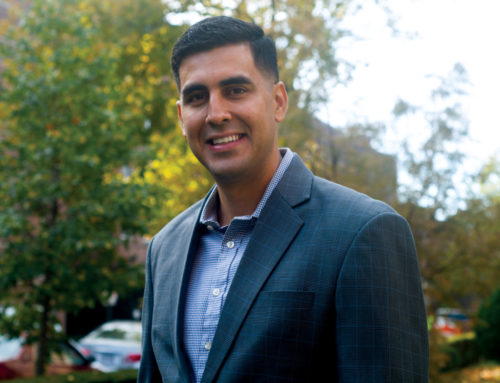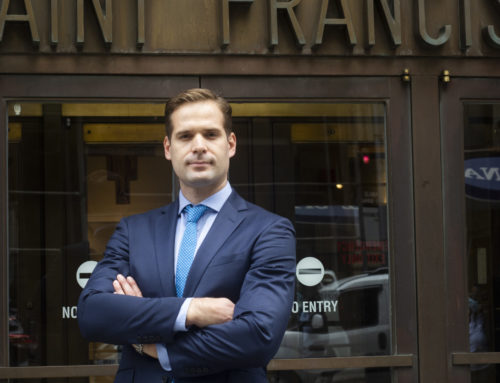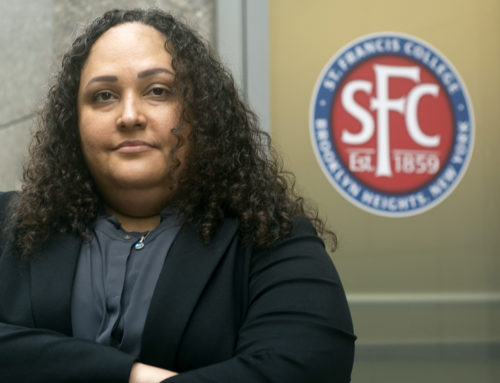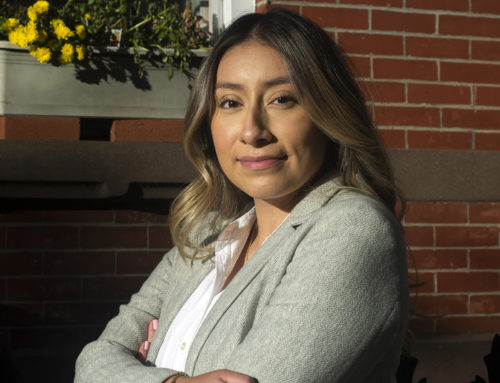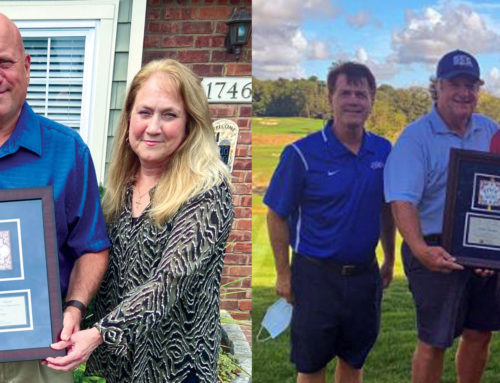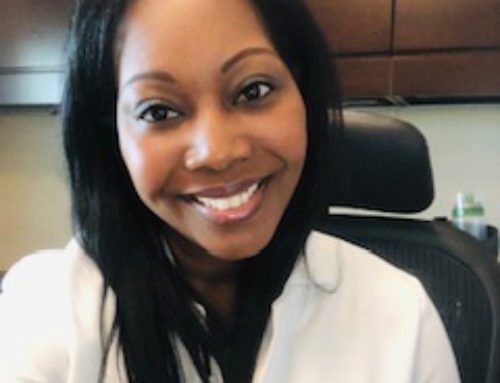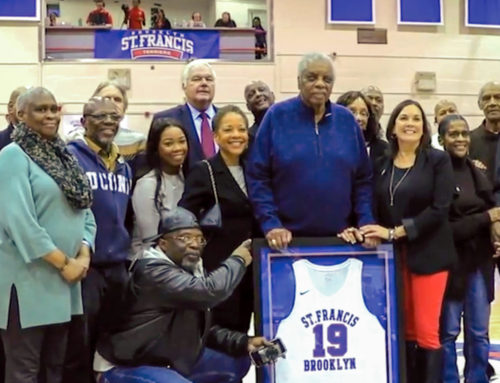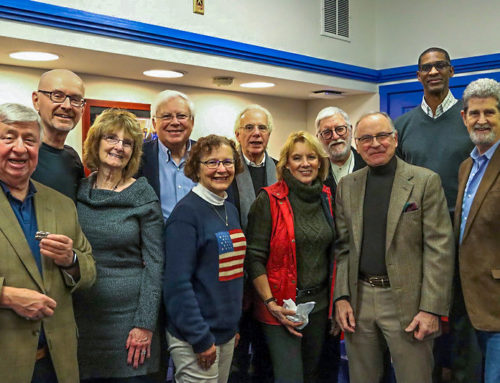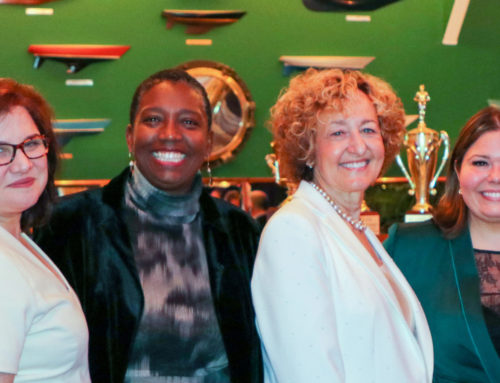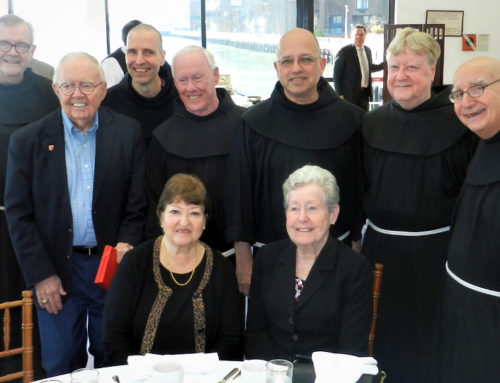Cover Story: Service and Mission—2020/2021 the Year of First Responders and Veterans
Abraham Oxilas, MS, PA-C ’15
Caring for the Most Vulnerable
By Lois Elfman
The Franciscan mission of St. Francis College was ingrained in Abraham Oxilas, MS, PA-C, before he ever set foot on campus. A graduate of St. Francis Preparatory School in Queens, the transition to SFC, which his older sister also attended, felt pretty natural.
“The whole idea of St. Francis is the idea of hospitality,” says Oxilas, an emergency medicine physician assistant (PA). “I try with every single patient encounter that I have to treat them not only how I want to be treated, but how I treat my own family or how I’d want them to be treated if they go to an emergency room or even a clinic.”
His first science course in college was anatomy and physiology with Dr. Amulya Mohan. It was interesting and Mohan really engaged Oxilas as a student. As he continued to take science courses, he began to fall more in love with the idea of medicine and treating the human body. Ultimately, Oxilas decided to major in biology.
“I knew medical school was an option, but I decided to pivot,” says Oxilas. “I started to talk to the guidance counselors and found out what the PA profession was. That sounded better in terms of career choice for me.”
Many PA master’s degree programs require some healthcare experience. Oxilas earned his NYS-EMT (emergency medical technician) certification in emergency medicine at St. John’s University the summer after his junior year at St. Francis. Shortly after graduation, he began working as an EMT.
“It was a company (SeniorCare Emergency Medical Services) that did non-emergency and emergency transport services, so I got to go to a lot of different hospitals and interact with a lot of different professions,” says Oxilas. “The thing that was most consistent with the PAs across the board was job satisfaction and career fulfillment. … That definitely solidified the choice I should make.”
He enrolled at Long Island University to earn a master’s degree and become a PA. That job satisfaction he had witnessed proved to be true when he entered the profession.
“It’s very team-oriented and I’ve always been a team person,” Oxilas says. “The focus is doing what’s best for the patient. As a PA, you can do anything that’s under the scope of practice of the supervising physician or the attending physician. Being able to do that, especially at the facility I work at now, is extremely fulfilling.
“I’m able to treat someone, order the tests, follow up with them, see if they’re improving,” he adds.
He works in the emergency department of St. John’s Episcopal Hospital in Far Rockaway. The emergency room is split between urgent care—what they call the “fast-track” area—and the main emergency department where the more urgent problems go. Working both areas, Oxilas sees cases ranging from a broken ankle or bad cut to a heart attack or a trauma victim who has been shot or stabbed. The team is alerted and care begins. Patients are either attended to and released or admitted to the hospital for further evaluation and care.
Oxilas says the beginning of the COVID-19 pandemic was a learn-as-you-go experience. “There’s no program in the world that will prepare you for something like that,” he says.
St. John’s Episcopal is the only hospital in its immediate area, so not only did they serve the many nursing homes that surround it, but also the community. Anybody who got sick came to that hospital—ranging from mild to moderate to really bad. The ventilators in the emergency room were on maximum capacity.
“It’s hard to even describe,” he says. “To give you an idea, usually a busy day at St. John’s prior to COVID there would probably be 60 to 65 patients in the entirety of the waiting area and the emergency department. COVID we were averaging about 100-plus people daily. It was a tremendous amount of volume. It was rough, but we got through it.”
Oxilas is contracted to work 11 12-hour shifts per month, but sometimes he’ll do overtime. From March through May, he was typically doing at least 15 shifts per month. The chief PA got sick, so the other PAs banded together and split her shifts up between them.
“We all had to step it up and continue to help the community,” he says.
Finally, a day came in June where there were less than 100 patients, then a day below 90. Now it is back down to the pre-COVID volume. If anything, the urgent care area is below pre-COVID count because people are afraid of coming to a hospital. Even with ailments that are familiar to him, Oxilas understands for the patient it may be their first time going through something like this.
“This is something that is very scary for them,” he says. “Going back to that hospitality idea, I treat them as I would my family.”

“It’s hard to even describe,” he says. “To give you an idea, usually a busy day at St. John’s prior to COVID there would probably be 60 to 65 patients in the entirety of the waiting area and the emergency department. COVID we were averaging about 100-plus people daily.” … “We all had to step it up and continue to help the community.”


